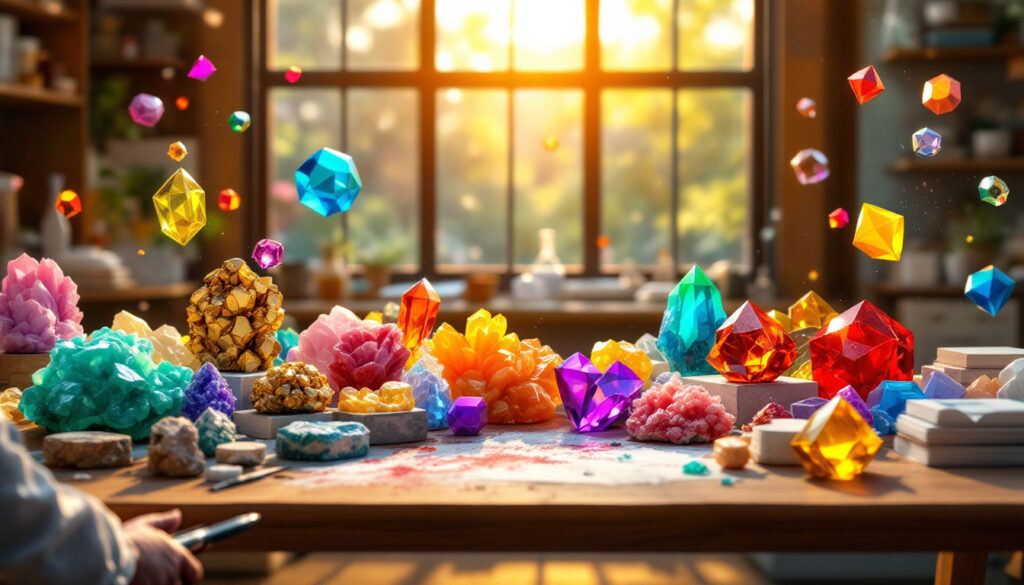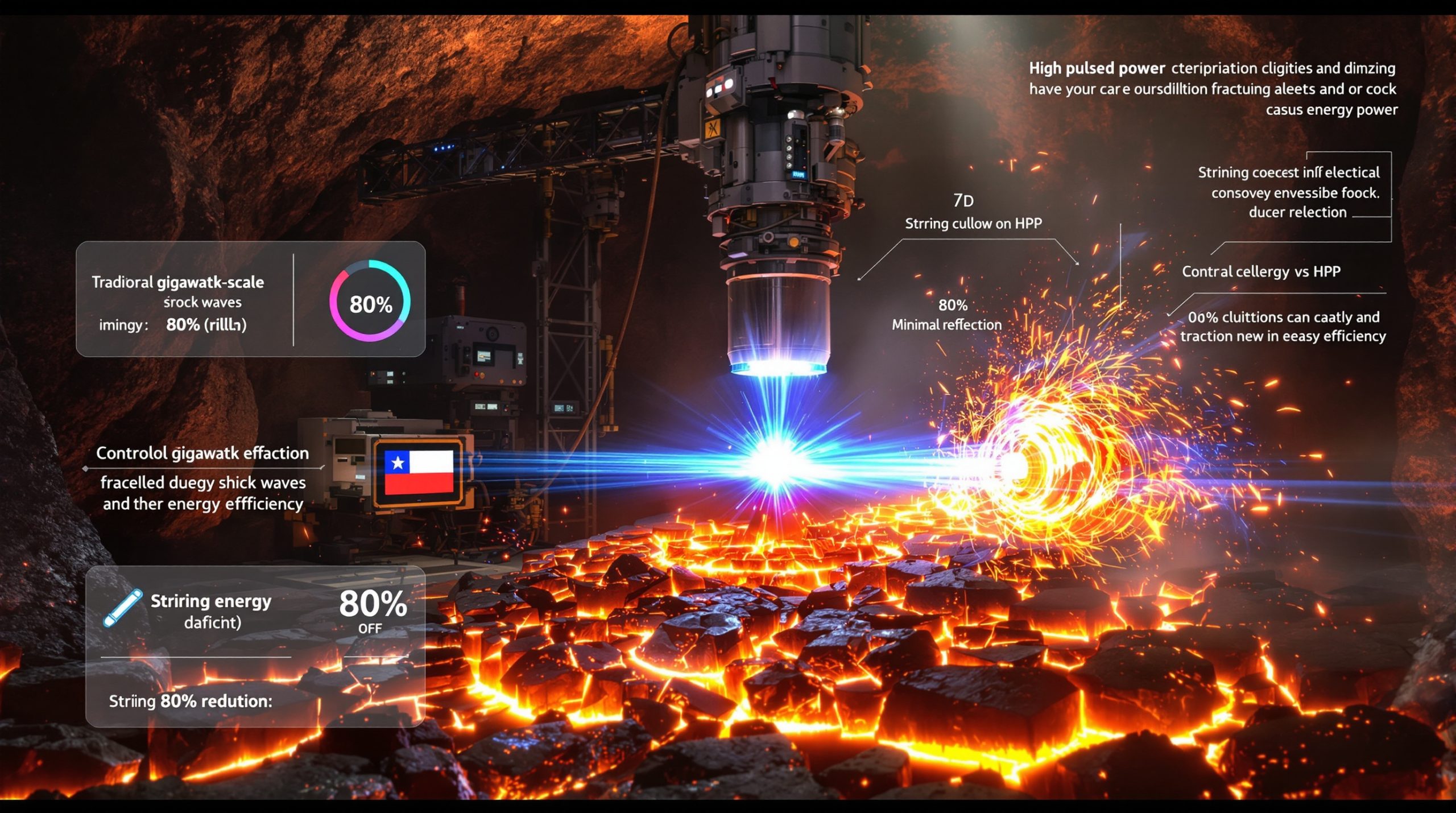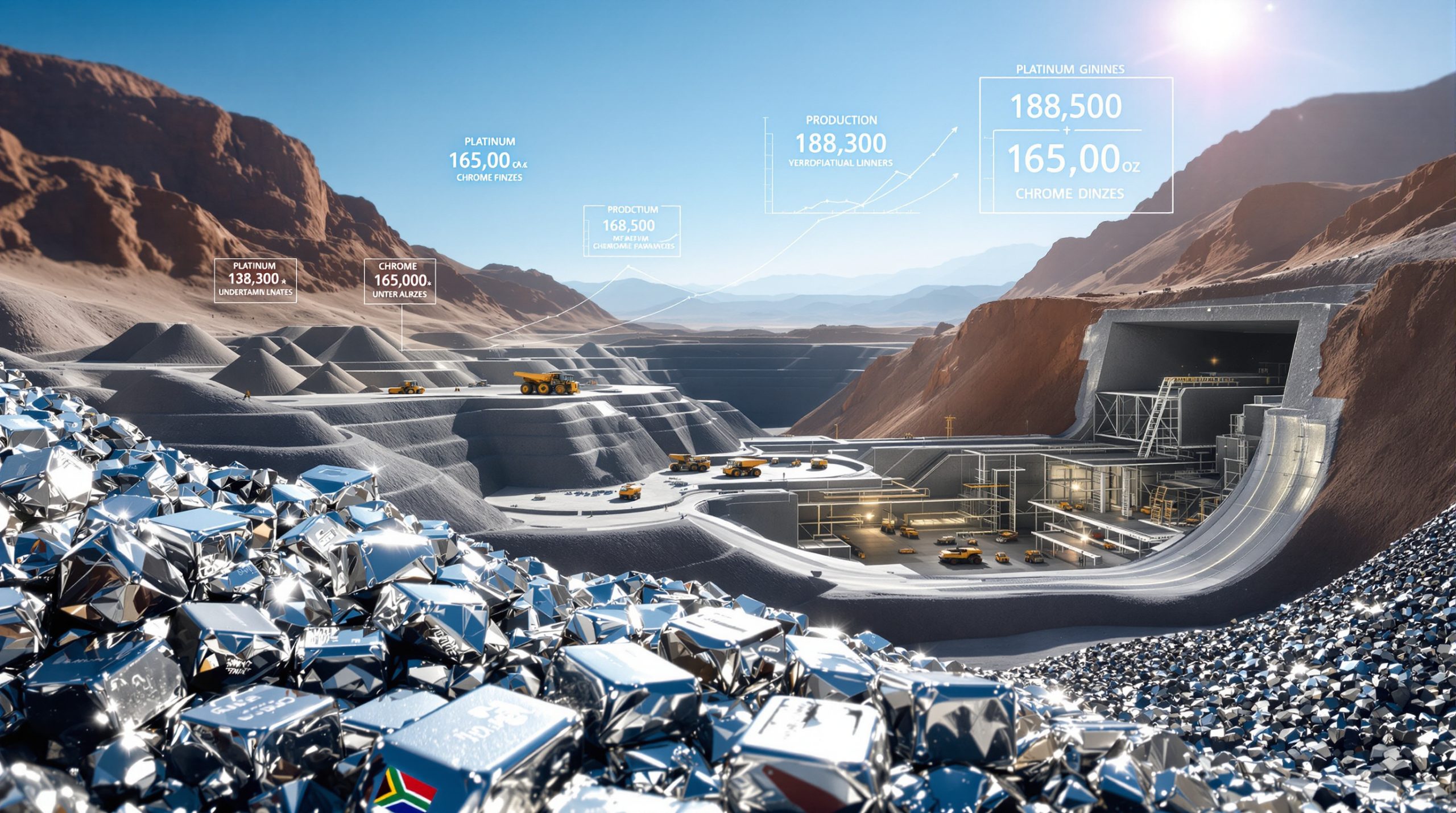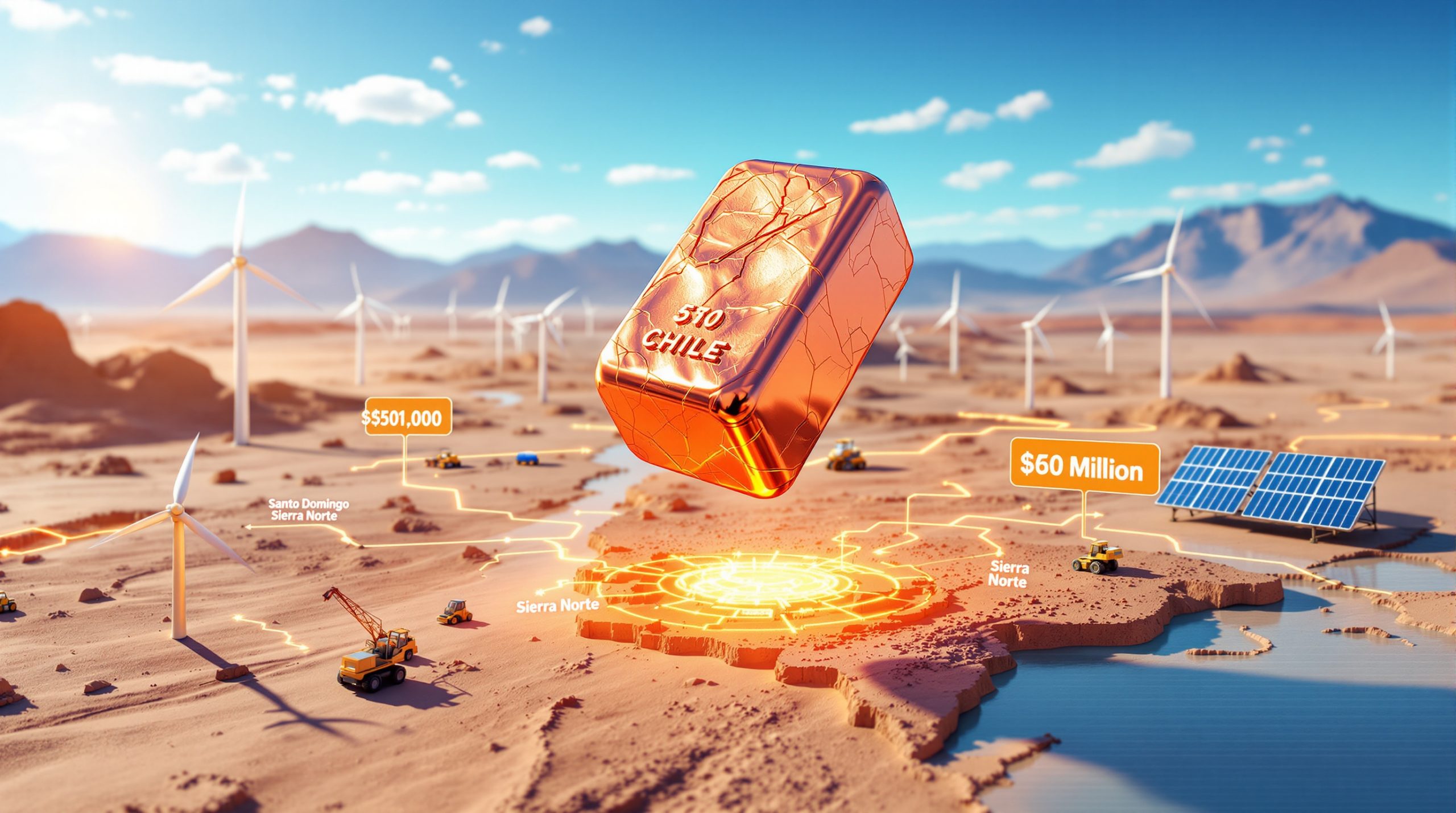Understanding Mineral Properties: A Comprehensive Guide
What Are Minerals and Why Are They Important?
Minerals represent the fundamental building blocks of Earth's crust, forming through natural geological processes over millions of years. These inorganic compounds feature specific chemical compositions and highly organized crystalline structures that distinguish them from rocks, which are actually aggregates of multiple minerals. Beyond their geological significance, minerals play crucial roles in countless industries—from construction and manufacturing to advanced technologies and medicine.
The importance of minerals extends far beyond their scientific interest. They form the raw materials for everything from household items to sophisticated electronics. Quartz powers your watch and smartphone, copper enables electrical transmission, and rare earth elements make possible the vibrant displays on your devices. Even common table salt (halite) represents a pure mineral essential to human survival.
Understanding mineral exploration insights allows geologists, mining engineers, and materials scientists to identify, extract, and utilize these valuable resources efficiently. Their classification serves as the foundation for rock identification, geological mapping, and understanding Earth's complex formation processes.
The Economic and Scientific Value of Mineral Identification
Accurate mineral identification drives successful resource exploration and extraction. Mining companies invest millions in identifying economically viable mineral deposits before committing to extraction operations. The ability to distinguish valuable minerals from similar-looking but worthless materials (like pyrite or "fool's gold" from actual gold) prevents costly mistakes in resource allocation.
In gemology, mineral properties determine a stone's value and authenticity. Hardness, crystal structure, and optical properties differentiate diamonds from cubic zirconia or distinguish natural rubies from synthetic alternatives. These identifications protect consumers and maintain market integrity in the jewelry industry.
Scientific research relies heavily on mineral identification for advancing our understanding of Earth's history. Certain minerals serve as time markers in geological strata, helping scientists reconstruct past environments and climate conditions. For instance, the presence of specific clay minerals can indicate ancient lake beds, while certain iron oxides might suggest oxygen-rich atmospheric conditions.
Environmental scientists and land managers use mineral identification to assess soil health, detect contamination, and develop remediation strategies for damaged ecosystems. The presence of specific minerals can indicate harmful substances like arsenic or lead, enabling targeted cleanup efforts.
How Do Geologists Identify Minerals?
Visual Identification Methods
Professional geologists and amateur rock hounds alike begin the identification process with careful visual examination. Crystal structure represents one of the most distinctive visual features, with minerals forming characteristic geometric shapes based on their internal atomic arrangements. Quartz typically forms six-sided prisms terminating in pyramids, while pyrite often presents as perfect cubes or octahedra.
Color assessment provides an initial—though sometimes misleading—clue to mineral identity. While some minerals like malachite (bright green) and azurite (deep blue) have consistent, diagnostic colors, many others show significant variation due to trace impurities. Fluorite, for example, ranges from colorless to purple, green, blue, yellow, or even black depending on minor chemical constituents.
Transparency evaluation categorizes minerals as transparent (light passes through clearly), translucent (light passes through diffusely), or opaque (no light transmission). This property can help distinguish otherwise similar specimens—transparent quartz versus opaque chalcedony, for instance, despite their identical chemical compositions.
Surface texture analysis considers whether the mineral appears smooth, rough, fibrous, or exhibits special optical effects. Some minerals show distinctive patterns like the "tiger's eye" effect in certain quartz varieties or the silky sheen of fibrous gypsum (satin spar).
Physical Testing Techniques
The scratch test remains among the most practical field methods for mineral identification, leveraging Mohs hardness scale to determine relative hardness. By attempting to scratch the unknown mineral with objects of known hardness (fingernail: 2.5, copper penny: 3.5, glass: 5.5, steel file: 6.5), geologists can narrow down possibilities substantially. For example, if a mineral scratches glass but not a steel file, its hardness falls between 5.5 and 6.5.
Streak testing reveals the color of a mineral's powder when scraped across an unglazed porcelain plate. This color often differs from the mineral's apparent color and remains more consistent across specimens. Hematite, which can appear metallic gray, reddish-brown, or black, always produces a distinctive red-brown streak.
Specific gravity measurement compares a mineral's weight to an equal volume of water. While precise determinations require laboratory equipment, field geologists develop a sense for relative density through experience. The exceptional heft of galena (lead sulfide) with a specific gravity of 7.4-7.6 contrasts dramatically with similar-looking but much lighter graphite (2.2).
Magnetism testing quickly identifies iron-bearing minerals like magnetite, which attract ordinary magnets. Some minerals exhibit this property strongly enough to deflect compass needles, while others show weak attraction detectable only with powerful magnets. This property proves particularly useful in identifying black, metallic-looking minerals that might otherwise be confused.
What Is Mineral Luster and How Is It Classified?
Understanding Metallic Luster
Metallic luster represents the reflective quality of metals and certain minerals that resemble polished metal surfaces. This property results from the interaction of light with free electrons in the mineral's structure, creating an opaque, highly reflective appearance that doesn't allow light to penetrate the surface. True metallic luster occurs primarily in native metals, sulfides, and some oxides.
Pyrite ("fool's gold") exemplifies metallic luster with its brilliant brass-yellow reflective surface. Despite its visual similarity to gold, pyrite's hardness (6-6.5 versus gold's 2.5-3) and brittleness quickly distinguish it. Other common metallic-lustered minerals include galena (lead sulfide) with its lead-gray color and chalcopyrite (copper-iron sulfide) displaying a brassy gold color often tarnishing to iridescent purples and blues.
These metallic minerals typically serve as important ore minerals in mining operations. Galena represents the primary source of lead worldwide, while chalcopyrite constitutes the most abundant copper mineral. Their distinctive luster makes them relatively easy to identify in the field, contributing to efficient resource exploration.
Types of Non-Metallic Luster
The vitreous (glass-like) luster appears in many common minerals including quartz, tourmaline, and most gemstones. This luster exhibits transparency or translucency with a smooth, reflective quality similar to glass or plastic. The brilliant shine of well-formed quartz crystals exemplifies this category.
Pearly luster resembles the iridescent sheen of pearls, typically occurring in minerals that form thin, translucent sheets. This quality appears most prominently in minerals with perfect cleavage in one direction, like muscovite mica and talc, where light reflects from multiple parallel surfaces simultaneously.
Earthy or dull luster characterizes clay minerals, limonite, and other fine-grained or porous materials. These minerals absorb rather than reflect light, appearing matte with no shine whatsoever. Kaolin clay, used in porcelain manufacturing, displays this distinctive non-reflective quality.
Waxy or resinous luster resembles the surface of candle wax or resin, with a subdued shine that appears slightly greasy. Amber (fossilized tree resin) exhibits this quality naturally, while certain varieties of opal and jade also display this distinctive appearance.
Silky luster occurs in fibrous minerals like certain asbestos varieties and gypsum (satin spar), resembling the sheen of fine fabric. This quality results from parallel fibrous structures reflecting light in a linear pattern, creating a satiny appearance.
Adamantine (diamond-like) luster represents the most brilliant non-metallic luster, characterized by exceptional reflectivity and intense surface shine. Diamond exemplifies this category, along with cerussite (lead carbonate) and some specimens of zircon. This extraordinary reflectivity results from extremely high refractive indices.
How Does the Mohs Hardness Scale Work?
The 10-Point Hardness Scale Explained
Friedrich Mohs developed his hardness scale in 1812 as a simple comparative method for identifying minerals. Rather than measuring absolute hardness, which requires sophisticated equipment, Mohs created a relative scale using ten reference minerals, each capable of scratching those below it on the scale while being scratched by those above.
The complete scale progresses from talc (1) as the softest through gypsum (2), calcite (3), fluorite (4), apatite (5), orthoclase feldspar (6), quartz (7), topaz (8), corundum (9), to diamond (10) as the hardest natural substance. This exponential rather than linear scale means diamond isn't merely ten times harder than talc—it's approximately 1,500 times harder.
For practical field testing, geologists use common objects with known approximate hardness: fingernail (2.5), copper penny (3.5), glass plate or knife blade (5.5), steel file (6.5). These everyday items provide convenient reference points when the standard minerals aren't available. For example, if an unknown mineral scratches a copper penny but not glass, its hardness likely falls between 3.5 and 5.5.
Modern scientific instrumentation now provides precise hardness measurements using methods like the Vickers or Knoop tests, which quantify the resistance of materials to indentation. However, Mohs' elegant system remains the standard for field identification due to its simplicity and effectiveness.
Hardness as a Diagnostic Property
Mineral hardness directly correlates with atomic bonding strength and crystal structure. Minerals with strong covalent bonds throughout their structure, like diamond, exhibit exceptional hardness, while those with weaker ionic or van der Waals forces, like graphite, prove relatively soft despite being composed primarily of carbon like diamond.
Even within mineral groups, hardness variations occur based on compositional differences. The garnet group, for instance, ranges from approximately 6.5 to 7.5 depending on the specific chemical formula. These subtle distinctions help specialists differentiate between closely related minerals.
The practical value of hardness testing extends beyond identification. Industrial applications specifically select minerals based on hardness for particular purposes—emery (impure corundum) for abrasives, diamond for cutting tools, and talc for lubricating powders. Understanding a mineral's hardness helps predict its durability in applications from gemstones to industrial components.
Common household items provide convenient reference points for amateur mineralogists. A fingernail (2.5) will scratch gypsum but not calcite. A copper penny (3.5) scratches calcite but not fluorite. Glass (5.5) scratches apatite but not quartz. These simple tests quickly narrow identification possibilities without specialized equipment.
What Are Cleavage and Fracture in Minerals?
Understanding Mineral Cleavage
Cleavage represents a mineral's tendency to break along specific crystallographic planes where atomic bonds are weakest. This property results from the internal atomic arrangement and produces characteristic smooth, flat surfaces when the mineral breaks. Geologists describe cleavage by its quality (perfect to poor) and the number of directions in which it occurs.
Perfect cleavage creates extremely smooth, reflective surfaces—as demonstrated by mica's ability to split into incredibly thin, flexible sheets along a single direction of basal cleavage. This one-directional cleavage reflects mica's sheet-like atomic structure, with strong bonds within layers but weak bonds between them.
Halite (rock salt) exemplifies three directions of perfect cleavage at 90° angles to each other, producing cubic fragments when broken. This cleavage pattern directly relates to its cubic crystal structure and ionic bonding between sodium and chloride ions.
Calcite displays perfect rhombohedral cleavage in three directions not at right angles, producing distinctive rhombohedron-shaped fragments. This specific pattern helps distinguish calcite from similar-looking minerals and reflects its unique crystal structure.
Geologists measure cleavage angles precisely to identify minerals, as these angles remain constant within mineral species. Augite and hornblende, both dark silicate minerals, can be distinguished by their different cleavage angles (87° and 93° for augite versus 56° and 124° for hornblende).
Types of Mineral Fracture
Fracture describes how minerals break when no cleavage planes are present or when the break occurs in directions other than along cleavage planes. Unlike cleavage, fracture produces irregular surfaces whose characteristics help identify certain minerals.
Conchoidal fracture produces smooth, curved surfaces resembling broken glass, with characteristic ripple marks radiating from the point of impact. Quartz and obsidian (volcanic glass) typically display this fracture pattern. Early humans exploited this property to create sharp-edged tools from flint and obsidian.
Hackly fracture creates jagged, irregular surfaces with sharp edges, commonly seen in native metals like copper. This pattern results from the metal's malleability and ductility, allowing it to tear rather than cleave or shatter when broken.
Splintery fracture produces elongated fragments or splinters, typically occurring in fibrous minerals like chrysotile asbestos and some forms of gypsum. These minerals break along their fiber orientation rather than across it, creating needle-like shards.
Earthy fracture results in dull, rough surfaces resembling broken soil or clay. Clay minerals and other fine-grained, porous materials commonly exhibit this pattern. These minerals typically feel rough and may soil the fingers when handled.
Uneven fracture, the most common type, produces irregular surfaces without distinctive patterns. Many minerals without defined cleavage or other fracture characteristics fall into this category, making it somewhat less diagnostic than other fracture types.
How Reliable Is Color for Mineral Identification?
Color Variations Within Mineral Species
Mineral color often stems from trace elements or impurities rather than essential chemical components, making it one of the less reliable identification properties of common minerals. Quartz illustrates this variability perfectly—its pure form appears colorless (rock crystal), but trace elements create varieties like purple amethyst (iron), pink rose quartz (titanium), yellow citrine (iron), and smoky quartz (aluminum).
These color variations occur when impurity atoms substitute for original atoms in the crystal structure or occupy interstitial spaces between regular atomic positions. The resulting changes in electron configuration affect light absorption and reflection, producing distinctive colors without changing the mineral's fundamental properties.
Some minerals, however, do show diagnostic colors that reliably aid identification. Malachite's bright green, azurite's deep blue, and sulfur's yellow hue remain consistent across specimens due to these colors deriving from their essential chemical compositions rather than trace elements.
Mineral experts recognize that environmental factors can also affect color through weathering processes. Fresh fracture surfaces often reveal more representative colors than weathered exteriors. For example, copper minerals frequently develop greenish surface patinas through oxidation, potentially masking their true appearance.
The Streak Test and Its Importance
The streak test reveals a mineral's true color in powdered form by scraping it across an unglazed porcelain plate (streak plate). This powder often displays a more consistent color than the mineral's exterior, as it minimizes the effects of weathering, tarnish, and impurities visible in larger crystals.
Hematite demonstrates the value of streak testing perfectly. This iron oxide mineral appears metallic gray, reddish-brown, or black in hand specimens, but always produces a distinctive red-brown streak regardless of its exterior appearance. This consistency makes streak more reliable than visible color for identification.
Similarly, magnetite (another iron oxide) consistently yields a black streak despite various surface appearances, while pyrite ("fool's gold") produces a greenish-black streak contrasting with its brassy yellow surface. These distinctive streaks quickly differentiate these sometimes similar-looking minerals.
The streak test's primary limitation concerns hardness—minerals harder than the porcelain plate (approximately 7 on the Mohs scale) will scratch the plate rather than leaving a powder streak. For these harder minerals, other identification methods must take precedence. Additionally, some very soft minerals like talc may leave misleading streaks that appear lighter than their true color.
What Other Properties Help Identify Minerals?
Density and Specific Gravity
Density, measured as mass per unit volume, provides critical identification clues, especially for metallic minerals. Specific gravity represents the ratio of a mineral's density to that of water, providing a dimensionless number for easy comparison. Professional geologists measure specific gravity precisely using specialized equipment, but field estimation relies on hefting specimens and comparing to known samples.
High-density minerals like galena (lead sulfide) with a specific gravity of 7.4-7.6 feel remarkably heavy for their size compared to similar-looking but much lighter minerals. Gold's extraordinary specific gravity of 19.3 significantly exceeds pyrite's 5.0, providing a reliable distinction between these visually similar minerals.
Field testing methods for relative density include simple hefting comparisons and the more accurate water displacement technique. By measuring a specimen's weight in air and then suspended in water, geologists can calculate specific gravity without specialized equipment. The difference between these measurements equals the weight of water displaced, allowing calculation of the specimen's volume and thus its density.
Density correlates strongly with chemical composition—minerals containing heavy elements like lead, mercury, or uranium typically exhibit high specific gravities, while those composed primarily of lighter elements like carbon, silicon, or aluminum tend toward lower values.
Special Optical Properties
Pleochroism describes a mineral's property of displaying different colors when viewed from different angles. This phenomenon results from differential light absorption along different crystallographic axes. Tourmaline exhibits this property dramatically, potentially appearing green, brown, or red depending on viewing direction.
Chatoyancy (the "cat's eye" effect) and asterism (the "star" effect) occur in certain minerals with parallel inclusions or structural features. When cut as cabochons (rounded rather than faceted), these minerals display shifting bands of light or star-like patterns
Ready to Identify the Next Major Mineral Discovery?
Gain immediate insight into significant ASX mineral discoveries with Discovery Alert's proprietary Discovery IQ model, transforming complex geological data into actionable investment opportunities. Visit the Discovery Alert discoveries page to understand how major mineral discoveries can lead to exceptional market returns and begin your 30-day free trial today.




